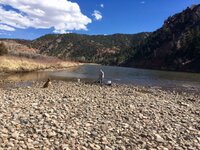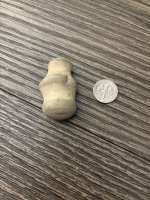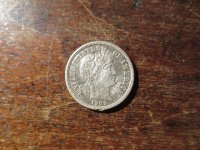When a creek or river flow through a gully and one size is steeper than the other what does that mean for how the stream cut the mountains over the years? Does anyone know what I am talking about? Often the stream will be next to a very steep hill while the other side is a bit more gradual. What does this mean for the streams historic flow?
Amazon Forum Fav 👍
Upvote
0





